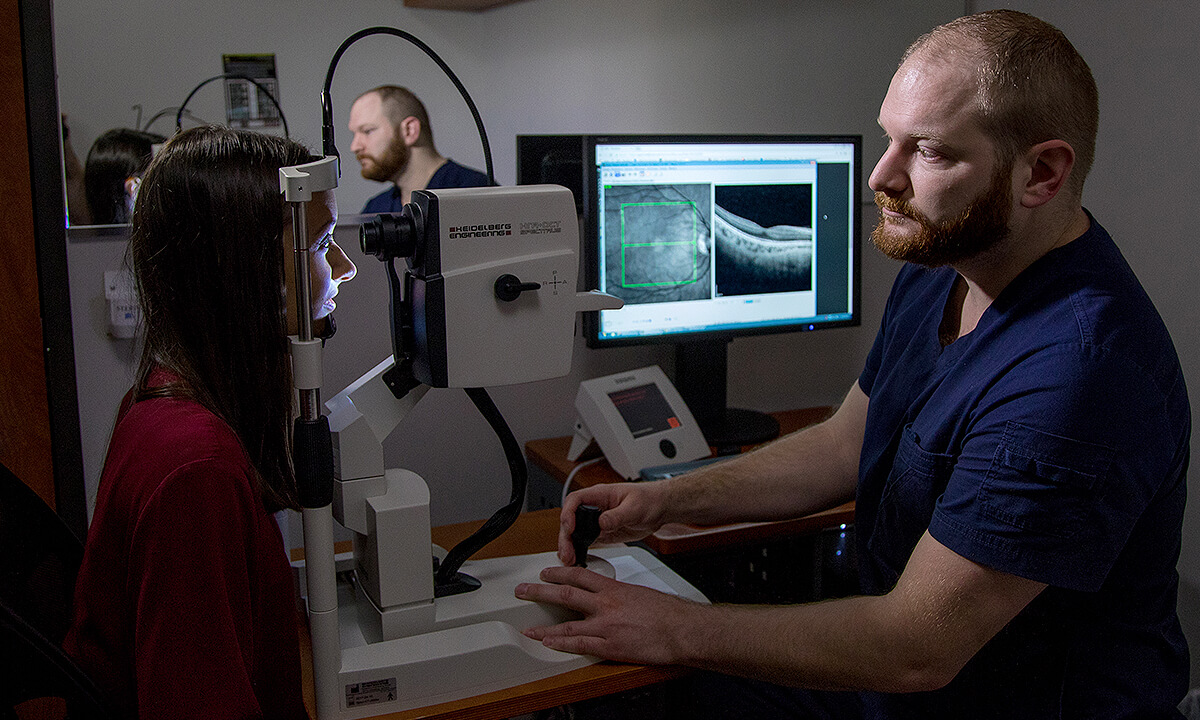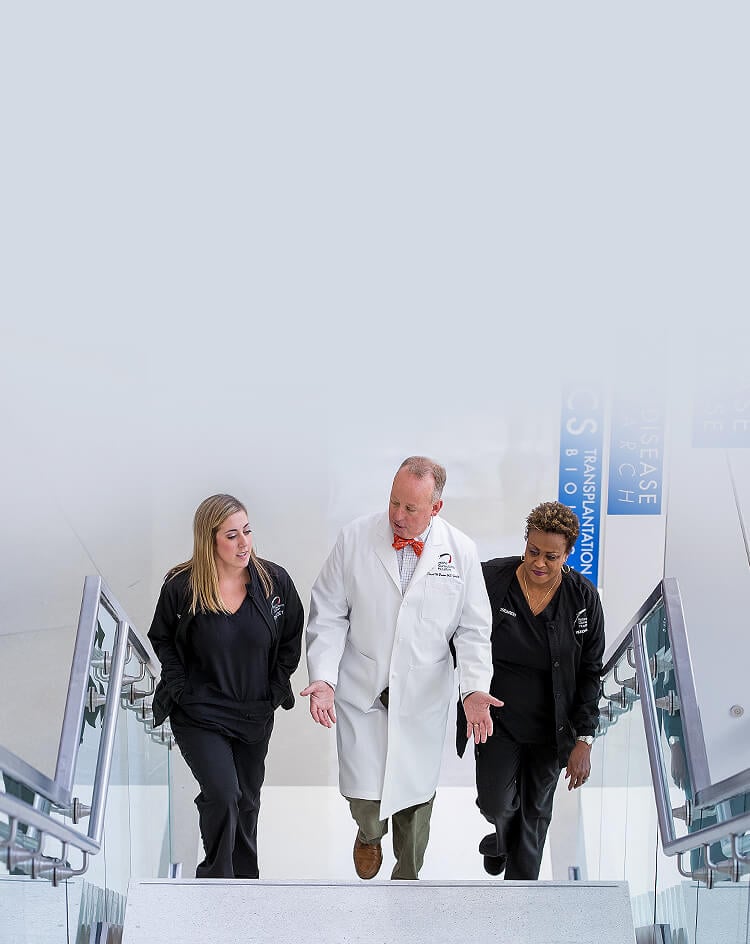The Importance of Clinical Trials and Research for Retinal Care

The retina was first identified and described by an Ancient Greek physician and scientist Herophilius. His discovery of the retina was the result of some of the earliest research done in the study of human anatomy. Fast forward to now, our understanding of the incredible retina and its role in vision is far beyond what the Ancient Greeks could have imagined.
How Research Has Shaped Retinal Care in the Past
Throughout the centuries since the retina’s discovery, we have made groundbreaking strides in understanding a wide range of vision issues and how to care for them. Much of this progress has happened only in more recent history. Although many things have changed since the days of Antiquity, the spirit of research and the pursuit of knowledge has steadfastly pushed the world of retinal care into an exciting frontier, constantly on the edge of innovation. Each discovery opens the door for the next, creating more opportunities for saving vision.
One of the most important breakthroughs of the 20th century was the development of anti-vascular endothelial growth factor (anti-VEGF) medications for ocular neovascularization. Neovascularization is a natural process in the body that involves the formation of new blood vessels. However, when this process occurs in the eye, it has a pathological effect, resulting in fragile blood vessels that flood the retina with fluid and blood, ultimately causing vision loss or blindness. Neovascularization is a defining characteristic of many severe retinal diseases, including wet age-related macular degeneration (AMD), diabetic retinopathy, and retinal vascular occlusions.
Through the tireless efforts of retina specialists and researchers across the globe, the medical community has been able to develop treatment options for vision-threatening diseases that, for millennia, had no cure. Before these treatments were discovered, tested, and used to treat countless patients, many people accepted vision loss as an unavoidable part of being human.
How Research Shapes the Future of Retinal Care
Today, we stand at the forefront of retinal research. Instead of relying solely on established treatments that have proven efficacies, we continue to search for new or improved ways to treat conditions that have afflicted people across the ages. Thanks to our combined efforts, we can provide new ways of intervening, innovate through collaboration, discover connections to other diseases, and, most importantly, enhance patient care.
One of the most exciting recent breakthroughs in retinal research is the development of a potential drug to treat geographic atrophy (GA), which is the progressive degeneration of retinal tissue associated with late-stage dry AMD. Although GA had no cure in the past, because of clinical trials and research, we are slated to have an effective treatment available in early 2023.
Retinal Research as a Viable Treatment Path
Retinal research helps not only future patients but current ones as well. For those dealing with conditions that presently have no publicly available treatments, unique cases, or treatment-resistant diseases, retinal clinical trials provide potential avenues for care, as well as access to the most cutting-edge technologies and techniques in development.
We invite you to learn more about retina research at Retina Consultants of Texas, the Texas Retina Research Foundation, as well as our ongoing and actively enrolling clinical trials. If you are a patient interested in participating in a clinical trial, please ask your doctor. If you are a referring provider interested in referring your patient to one of our clinical trials, please contact Retina Consultants of Texas for more information.





